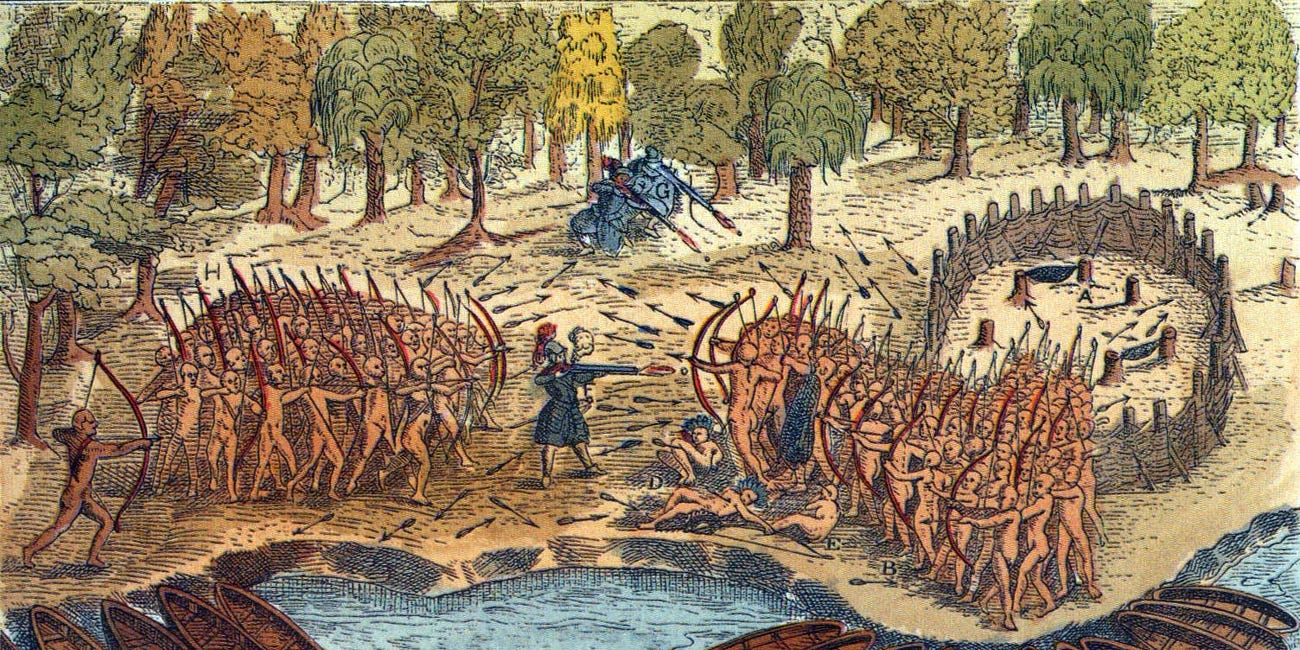The Axial moment: from tribes to brotherhood
Review of The Great Transformation: The Beginning of Our Religious Traditions by Karen Armstrong
If you enjoyed Gore Vidal's Creation but wanted a more academic grounding, this is the right book for you. The book covers the foundations of four distinct traditions of the "Axial" age: judeism/monotheism, confucianism/daoism, buddhism/yogic meditation, and Greek rational philosophy. Armstrong's central idea is that all four have a common goal, that is, to turn inward and gain compassion and empathy through introspection. Each tradition, she says, emerged from the worst kind of violent upheaval and sowed the kernel of what became the most important religious traditions that survive to the present day. They represented the initial ideological movements that strove to overcome tribalism, viewing “the other” not as inhuman but as potential members of one’s own community who should be treated accordingly.
This is a very interesting idea that got me to think about early history in a new way. As a classics enthusiast, I know the western antique tradition well, but there were certain things that I could not quite get my head around. Why, I have always wondered, did the Athenians invent tragedy, the Socratic philosophical method, and the discipline of history in the space of a single generation? According to Armstrong, the common thread was the impulse to introspection, knowing oneself, as a reaction to the interminable warfare between the city states and empires. The tragedians used theatre to force the audience to empathize with their adversaries, finding their common humanity. By asking questions and seeking definitions, Socrates and his followers got citizens to question whether they genuinely knew what they thought they did. Finally, Thucydides reported on the Peloponnesian War, not from a nationalistic point of view, but as a tragedy that impacted everyone, bringing out not glory but the horror, with the goal of stimulating debate on its causes. While I will have to evaluate and integrate all this, it is a priceless new perspective.
The other traditions that the book covered were far more difficult for me to absorb, due to my own deficiencies in historical knowledge. But then, Armstrong has planted a desire in me to learn more, a sure sign of the book's success. That being said, the notion of an Axial Age is by no means accepted by academic consensus. I feel unconvinced that you can really lump all of these traditions together so neatly, that what happened really means what Armstrong argues they do.
Related review:
How God has shown the way, particularly when the needs of our society change
Robert Wright likes to take on the big questions. In this book, he looks at God, or rather, how God has evolved in the minds (and political institutions) of men. There are a few basic ideas he wants to get across. First, he explores how the conception of God – as wrathful and intolerant or as promoting universal brotherhood, etc. – evolved in response t…
Review of The Dawn of Everything by Graeber & Wengrow
Traditionally, scholars of “human nature” have focused on 2 opposing poles. Rousseau portrayed hunter-gatherers as existing in a state of childlike innocence, intellectually inferior but peaceful and without hierarchy. In his narrative, the agricultural revolution ruined this egalitarian paradise, introducing social class, inequality, and debilitating n…
The context from which Jesus emerged, a "crucible" of sectarian and political violence
The purpose of this book is the illuminate the 300 or so tumultuous years in Palestine prior to the common era (CE). This involves a confluence of political, cultural, philosophical, and theological issues that range from essential and basic to indescribably obscure. The “crucible era”, as Jenkins calls it, forged the theological building blocks of what…






